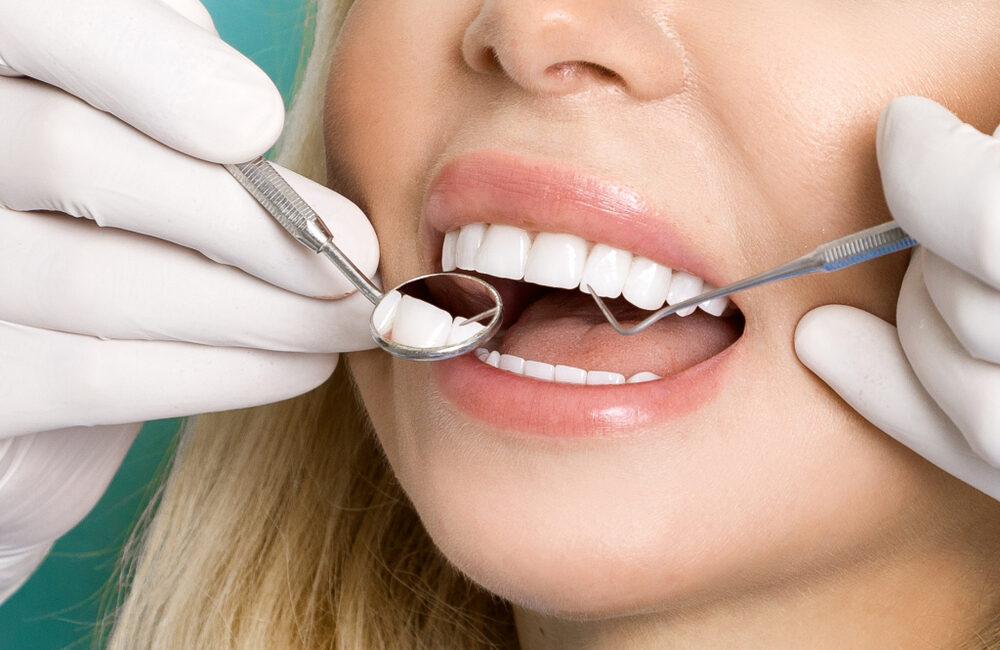
Veneers are custom-made shells that fit over teeth to improve their appearance and create a beautiful smile. Because of this, they are sometimes known as a “smile makeover.” While veneers can change a tooth’s length, size, color, shape, and function, they’re ultimately considered cosmetic dental procedures. They’re elective rather than medically necessary. In this article, you will discover the top 5 types of veneers.
Dental Veneers
Dental veneers are an excellent way to mask discolored, crooked, or damaged teeth. But it’s important to consider the advantages and disadvantages before getting them.
Most patients opt for veneers to improve their appearance, but they can also change the bite and help with function. They are a great option for patients who have tooth gaps, chips, or deep stains.
Veneers are most commonly placed over front teeth rather than back molars. The procedure is relatively quick and only requires limited enamel removal. Veneers are available in many shades, depending on your tooth color and desired outcome.
5 Types of Veneers
Most types of veneers are permanent, so they cannot be removed after placement. If you have cavities or gum disease, seek restorative dental treatment rather than veneers.
Common types of veneers include:
1. Porcelain Veneers
Porcelain is one of the most common types of veneers, they are tooth-colored, versatile, completely custom, and can last 10 to 15 years. They are made of ceramic materials and resist stains better than composite veneers.
Another advantage of porcelain veneers is that they are relatively conservative and minimally invasive (when compared to alternatives such as crowns).
They are also biocompatible, which means the gum tissue and other soft tissues of the mouth usually are not negatively affected by them.
Procedure
Minimal preparation of the teeth is needed for successful veneer placement. This is not the case for full restorative procedures like dental crowns. However, like crowns, the procedure for veneer placement is irreversible.
To prepare a tooth for a porcelain veneer, a dentist will first select the tooth shade that best matches the neighboring teeth. Then they will reshape the tooth to accommodate the veneer and take an impression for a dental laboratory to make the veneer.
A temporary veneer may be placed during the first appointment. At the second appointment, the dentist will remove the temporary veneer. Then, the dentist will clean the underlying tooth and etch it with an acidic material to roughen the tooth surface. This allows the veneer to bond to the tooth better.
The dentist will apply a special cement that allows the veneer to stay on the tooth. The cement is hardened with a blue light. The final step is removing excess cement from the tooth and checking the bite. A follow-up visit may be necessary after a few weeks to adjust the bite.
2. Composite Veneers
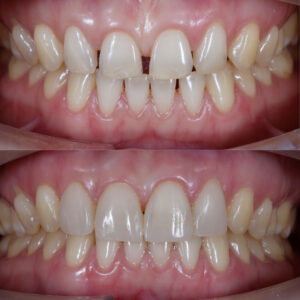
Composite veneers are an alternative to porcelain veneers. They are made of composite resin, a mixture of inorganic and organic materials.
The bonding material used to make these veneers is the same as tooth-colored dental fillings. While strong, composite veneers are not as durable as porcelain. They can also stain more readily over time.
On the other hand, composite is also more conservative than porcelain. When composite chips are, the chipped area can be repaired. When porcelain chips, the entire veneer must be replaced.
Procedure
Composite veneers only take one appointment (same-day option). They are sculpted directly onto the teeth rather than in a dental laboratory. Porcelain veneers require more than one appointment.
Like porcelain veneers, composite veneers require tooth recontouring before placement and can be placed directly on uncut enamel.
Composite veneers typically last 5 to 7 years versus up to 15 years for porcelain veneers.
3. Palatal Veneers (Palatal Onlays)
Onlays are typically used to restore posterior (back) teeth. However, palatal veneers are a special onlay used to restore anterior (front) teeth. Causes of palatal damage to anterior teeth include deep bite, bruxism, and dental erosion.
Erosion can be caused by chronic vomiting and severe acid reflux. Palatal onlays are a great solution to restore only the compromised part of the tooth, leaving the rest untouched.
4. Lumineers

Lumineers are an ultra-thin (0.2 mm) and translucent brand of veneers. They replicate the shape and color of natural tooth enamel, even more so than traditional porcelain veneers.
Lumineers are so thin that they do not require tooth reduction or recontouring. They’re also reversible.
Although convenient, they have a greater chance of chipping than traditional veneers, which may shorten their lifespan. However, when taken care of, Lumineers may last as long or longer than traditional porcelain veneers.
5. Removable Veneers (Non-Permanent)
Removable veneers are less invasive, non-permanent, and cost less than traditional veneers.
Permanent veneers are irreversible because dentists must remove part of the tooth’s enamel. Removable veneers do not require tooth reduction.
However, while removable veneers are convenient, they do not look quite as natural as permanent veneers. They are also more prone to plaque build-up and may harm your gum tissue over time with frequent wear.
Dentists always recommend permanent veneers over temporary alternatives.
Instant vs. Custom-Made Removable Veneers
There are two removable veneers: instant veneers and custom-made clip-on veneers.
Instant veneers are cheap cosmetic teeth. You fit them into your mouth by placing them in hot water and pressing your teeth into the soft-fitting material. They are not recommended for daily use or as a long-term dental solution.
Custom snap-on veneers are high-quality removable veneers. A dentist takes impressions of your teeth. Then the impression is sent to a dental lab, and the dental lab technicians create a custom-fit set of veneers for you.


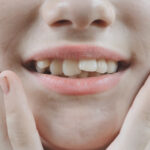


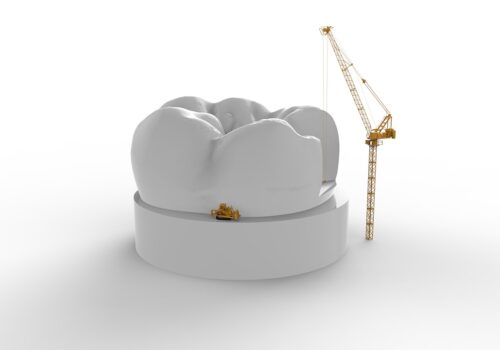

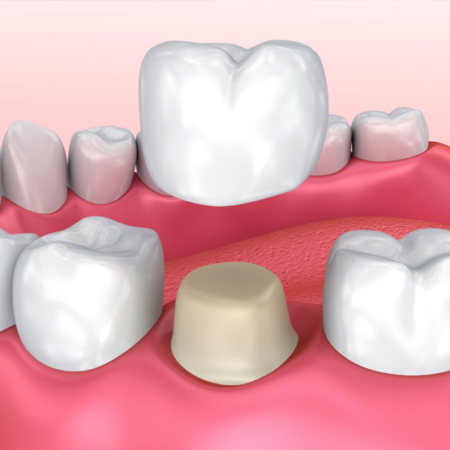
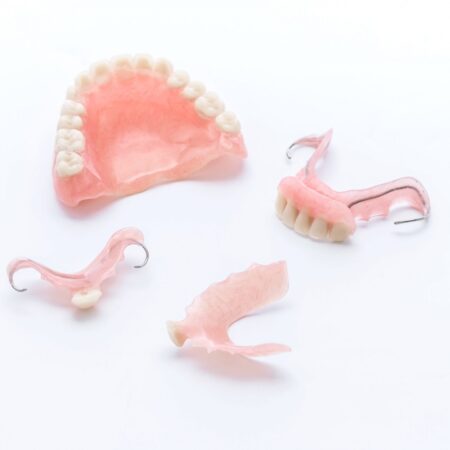
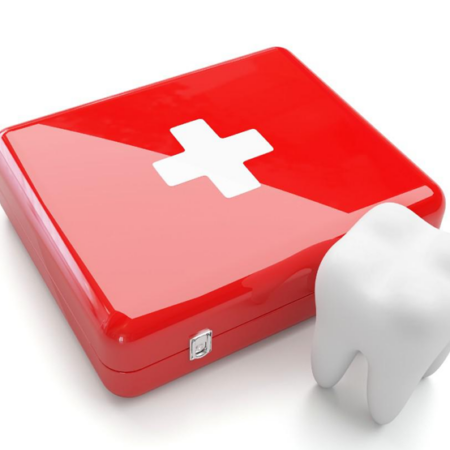
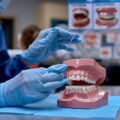


Leave a Reply